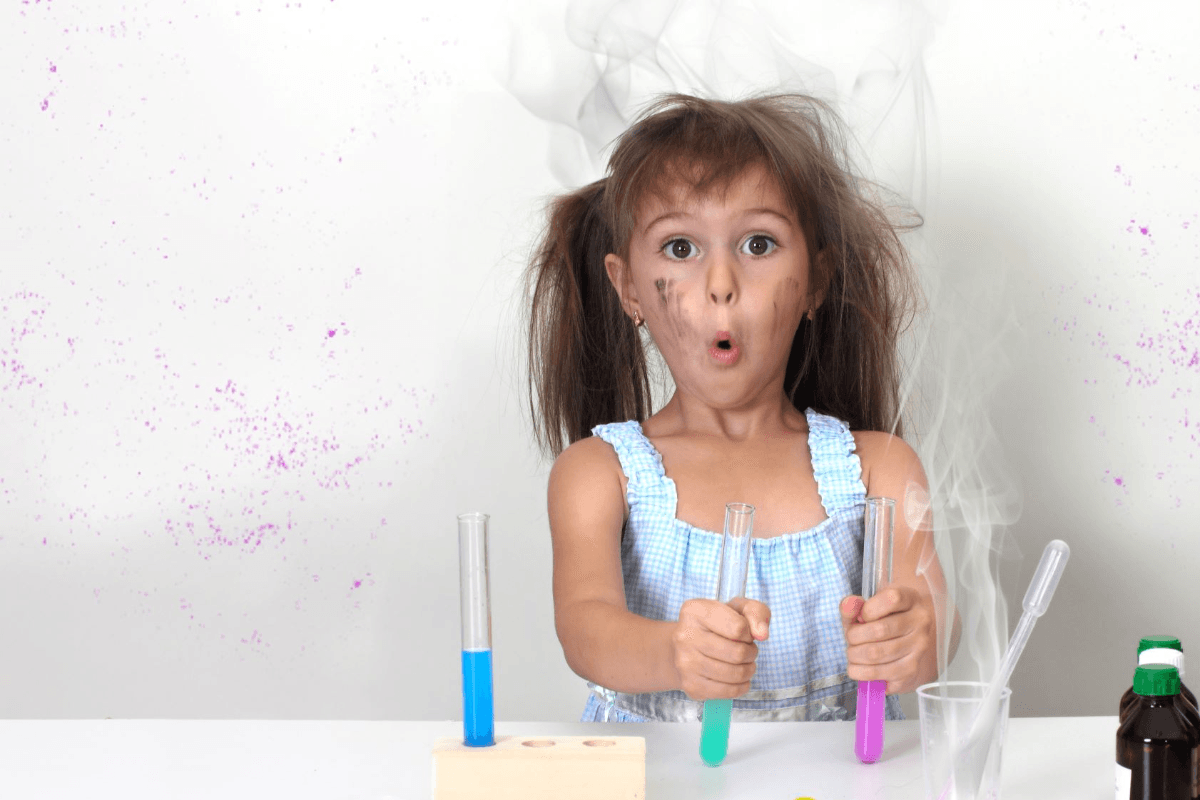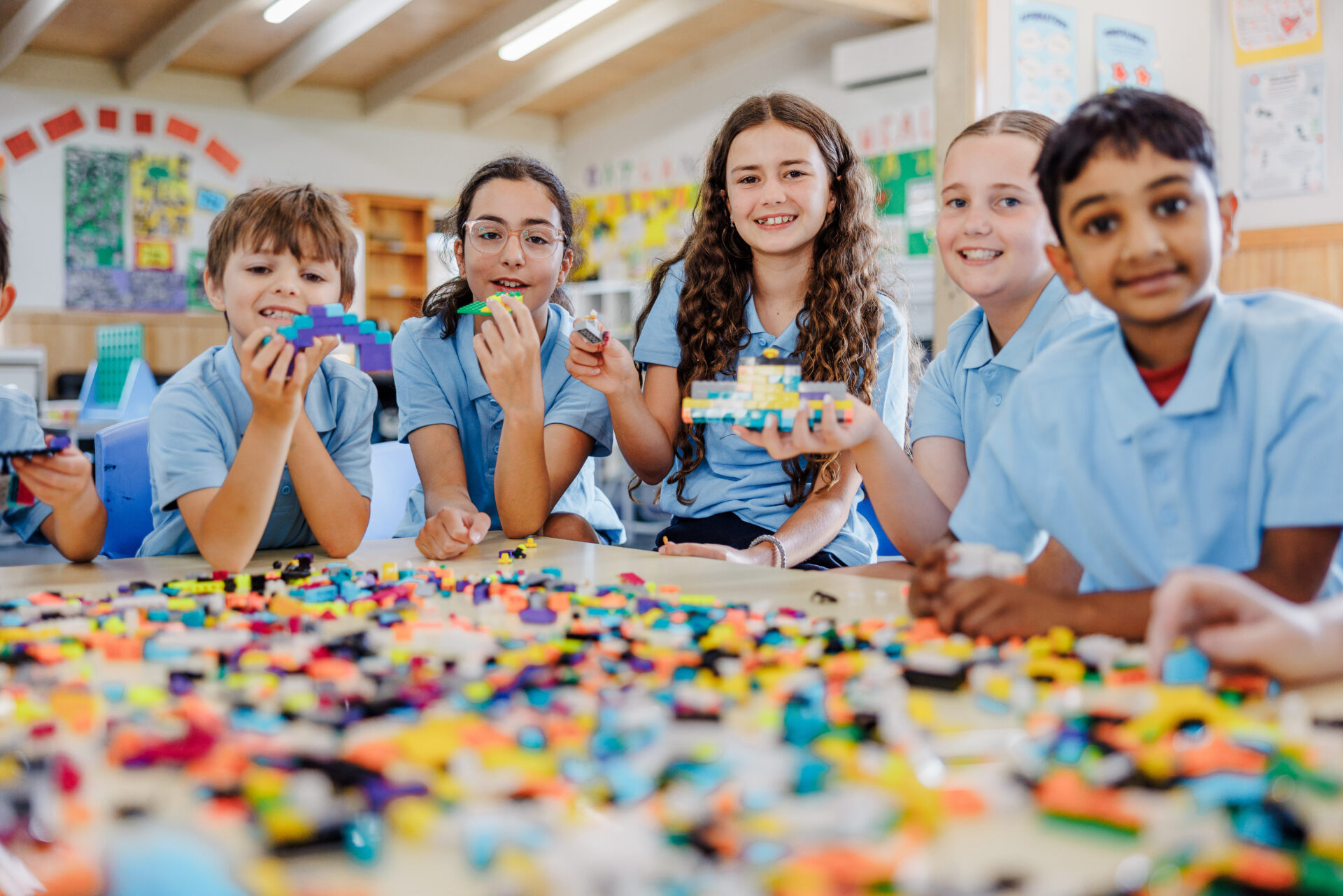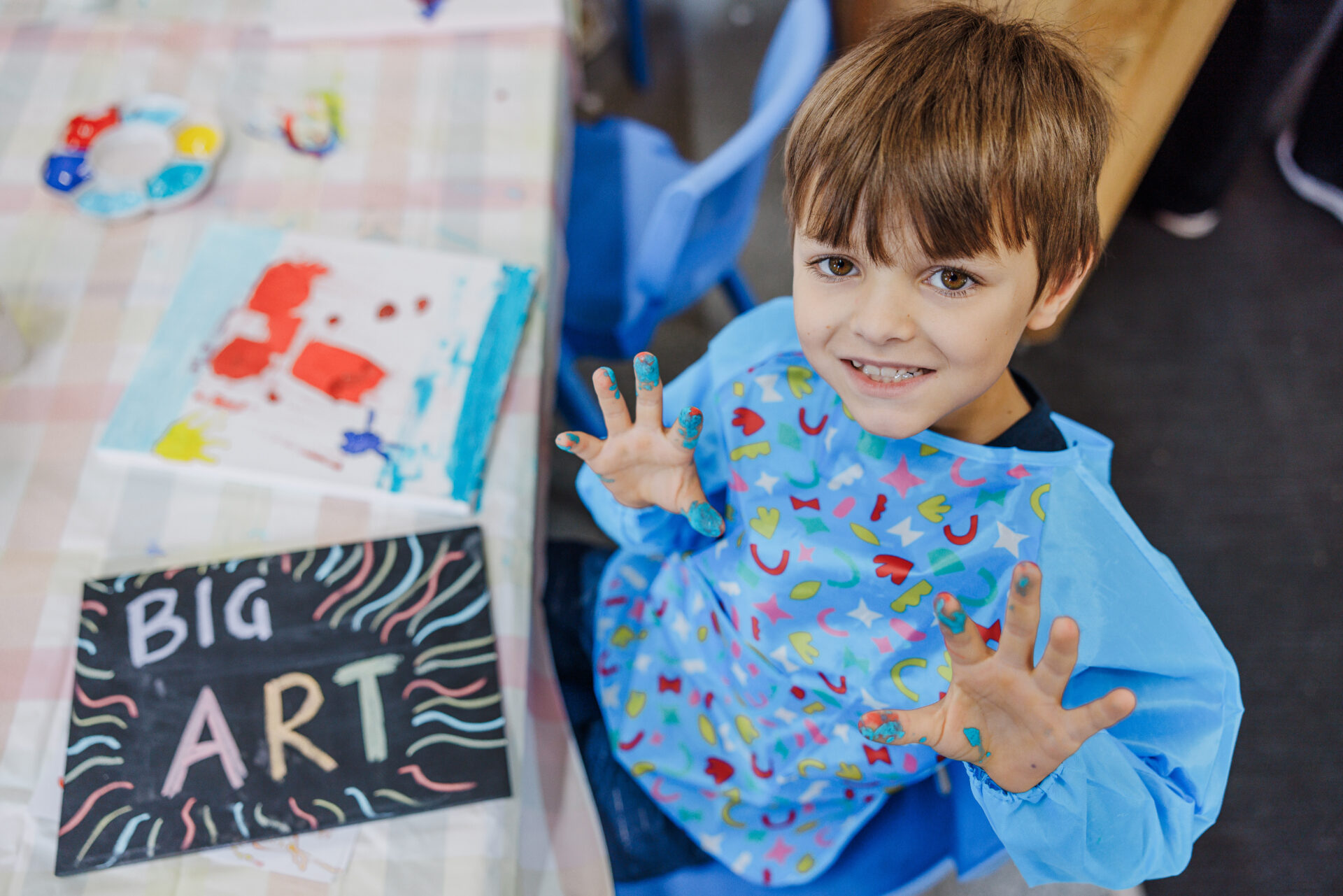Science activities for children are some of the most fun ways to spend spare time. Children love the excitement of repeatedly trying cool science experiments. A science experiment offers so much for children; they learn what goal setting is all about, whilst discovering how to plan and problem-solve. Science allows a child to be curious and to ask questions about what they are learning.
We’ve put together some fun science experiments that you can do in your own home with some basic household items.
Egg Experiment
In this easy Bouncy Egg Science Experiment, we are going to turn a regular raw egg into a bouncy egg. The result will be an egg that feels rubbery (like a bouncy ball) and bounces. Be sure to do the bouncing on a plate or other container, just in case.
You will need:
- Raw Egg
- Glass or Jar
- Vinegar
Instructions:
- Get a raw egg and carefully place it into a glass or jar.
- Fill the glass with white vinegar until the egg is completely submerged.
- Leave the egg in the glass for 1-3 days. Each day check back on the egg. When the egg has started to become translucent you will know it is ready.
- Remove the egg from the glass and rinse it under some tap water. While rinsing the egg, gently rub the outside of the egg and the white film will come off leaving you will a translucent egg.
- Examine the egg. You’ll notice that is feels rubbery (like a bouncy ball). Then lift the egg 1-2 inches in the air, let go and watch it bounce.
- When you are ready for some messy fun, lift the egg a little higher in the air and let it go…SPLAT!
The Science Behind It
While the egg is submerged, the vinegar begins to dissolve the shell. If enough time passed the shell will completely dissolve leaving the thin membrane of the egg. The result is an egg that looks and feels like a bouncy ball.
Blow it up!
Exploring Gas with Balloons, Baking Soda and Vinegar. Children will learn about gas and chemical reactions by discovering how to inflate a balloon using baking soda and vinegar.
You will need:
Baking Soda Vinegar Plastic Bottle Balloon Funnel
Instructions:
- Using the funnel pour vinegar into your bottle. You only need to fill about 1/3 of the bottle.
- Using another (dry) funnel pour baking soda into your balloon. Fill the balloon approximatively halfway.
- Cover the top of the bottle with you balloon. Make sure you don’t let the baking soda spill into the bottle prematurely.
- When ready, lift your balloon and let the baking soda fall into the vinegar.
- Watch as the mixture fizzes, bubbles and expands your balloon!
- Discuss how the baking soda & vinegar produce a gas which fills the balloon.
The Science Behind It
Baking soda and the vinegar create an ACID-BASE reaction. When combined/mixed they create a gas, carbon dioxide. Gasses need room to spread, so the carbon dioxide fills the bottle and then moves into the balloon inflating it.
DIY Puffy Paint
With a few kitchen items, very little set up and clean up time, this is perfect for little scientist-artists who are always looking for new activities and wondering how they work.
WARNING: Watch the paint in the microwave. Cardboard can start to burn if left in too long. Plus, it’s fun to watch the paint bubble and puff while it cooks.
You will need:
1 tbsp self raising flour 2 drop of food colouring 1 tbsp Salt A small amount of Water
Instructions:
- Combine the flour and salt in small bowl.
- Add a little bit of water and stir until it gets smooth, thin paste.
- Add your food colouring and mix well.
- When happy with your masterpiece, pop it into the microwave for 30 seconds and watch your painting puff up.
- Your artwork will be warm when you remove it from the microwave, but it will be completely set.
The Science Behind It
The key to this activity is the self-rising flour because it contains baking powder and a little salt. The baking powder is important because it is an ingredient added to pastries, bread and bakery to make them rise.
When the baking powder is mixed with water, it releases a carbon dioxide gas. Add the extra salt, which also reacts with the chemicals in the baking powder to release even more CO2, and you have the makings for a bubbling paint potion.
The heat plus the water in the microwave will cause the baking powder to release small amounts of CO2, producing even bigger bubbles. It’s important that you use a thicker paper that can not only support the weight of the puffy paint, but also hold up for a few seconds in the microwave.
Floating Ink
Dry Erase and Water Trick. It’s a fun and easy science activity to do with kids and a great party trick that will “wow” the grown-ups too.
You will need:
- A plate, a bowl or a baking dish
- Dry erase marker
- Water
Instructions:
- Draw a simple picture on the glass. A stick figure is a good one to start with.
- Pour water onto the plate or into the bowl slowly to lift up the drawing.
- Swirl the water around to make the picture dance and move.
- Experiment with different types of drawings – letters, pictures, outlines, solid shapes, etc. to see which one’s float best.
The Science Behind It
The marker leaves behind mixture of pigments and a type of alcohol mixed together. The alcohol dissolves and the pigments are left behind as a solid. Glass is so smooth that the solid slides right off when it gets wet!
National Science Week is celebrated at OSHC and children will have the opportunity to experiment with a range of fun science activities. For more information, please speak with your OSHC Coordinator or visit: https://campaustralia.com.au/families/oshc.





